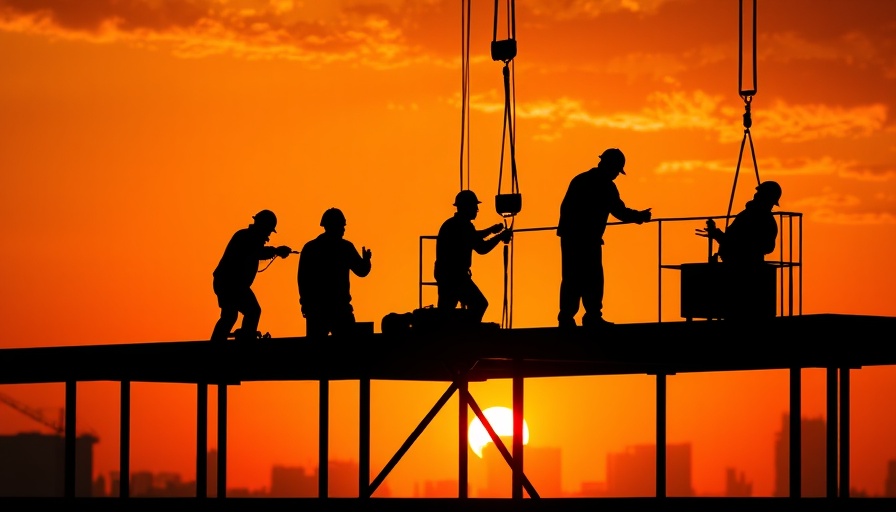
Empowering Women in the Construction Industry: A New Era
In a landscape typically dominated by men, women are stepping up in the construction industry, representing 14% of the workforce according to the National Association of Women in Construction (NAWIC). This figure indicates a promising shift from the mere 10.9% recorded just five years ago. As we observe the progress during Women in Construction Week each year, it's evident that this momentum is fueled not only by increased participation but also by the integration of technology, particularly artificial intelligence (AI).
The Intersection of AI and Women's Empowerment
AI tools like Takeoff Boost™ are not just accessories; they are vital instruments that enhance productivity and efficiency for women in construction. These technologies are designed to streamline processes, allowing women to take on roles that were once considered too complex or time-consuming. As professionals like Katie Pickard, Vice President of Training and PreSales at ConstructConnect®, continue to advocate for their peers, the narrative surrounding women's contributions in construction is becoming increasingly positive.
Learning from Examples: Women Innovators in Construction
Leading women in construction, such as Katie Pickard, exemplify how AI is reshaping their roles. Her insight underscores how estimators are crucial to the ethos of the construction industry, playing indispensable roles in the conception of would-be structures like skyscrapers and homes. By employing AI and sharing knowledge, women not only enhance their capabilities but also change the industry’s culture to be more inclusive.
Counterarguments: Addressing Industry Challenges
Despite the progress, there are valid concerns about the challenges faced by women in the industry. While the construction sector is described as welcoming, many women still report experiences of intimidation and discrimination. Addressing these issues requires a multi-faceted strategy including mentorship programs where women support one another paired with systematic changes to foster greater inclusivity. Many of these initiatives are made possible through the support of male allies, as echoed by those like Pickard.
Future Trends: What Lies Ahead for Women in Construction
Looking towards the future, the intersection of construction and AI signals an exciting evolution. Women are not only stepping into traditional roles but are also becoming influential voices in technology-driven decision-making processes. The confidence to innovate within a historically male-dominated field is critical, and as AI technologies evolve, the potential for leadership positions will likely increase for women. By continuing to embrace these tools, women will declare their presence and redefine the industry.
Final Thoughts: The Path Forward
As we celebrate Women in Construction Week, it’s paramount for industry stakeholders—business owners, property developers, and facility managers—to recognize and support these advancements. By investing in women's empowerment through technology, the construction industry can harness new ideas and perspectives that drive innovation and community enhancement. Let us embrace this change; advancing gender equality in construction is not just a women's issue; it is a pivotal strategy for economic progress.
 Add Row
Add Row  Add
Add 




Write A Comment